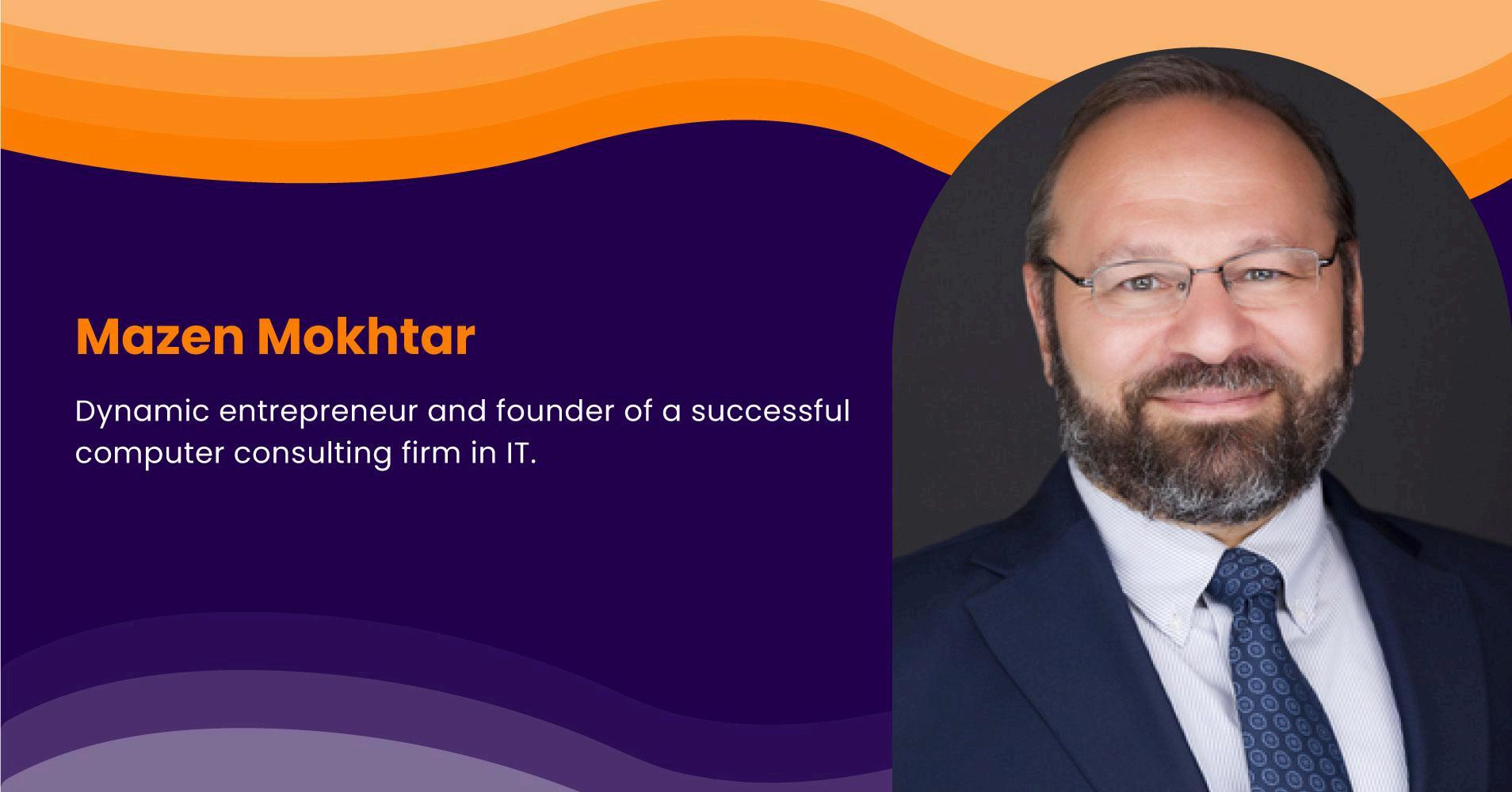Turning Ideas into Reliable Software by Mazen Mokhtar

Creating software is more than just writing lines of code it is about transforming an idea into a practical, dependable solution. A program development strategy provides the structure needed to make this transformation successful Without it, projects can easily drift off course, consume unnecessary resources, or fail to meet user expectations
As explained by Mazen Mokhtar, the process begins with a clear understanding of the goal Every program exists to solve a problem or make a task easier, so it is essential to define precisely what that problem is. This involves talking to stakeholders, researching user needs, and setting clear objectives When the purpose is well-defined, the rest of the development process becomes smoother.
Once the goal is clear, the next step is to plan how to achieve it This involves outlining the main features, determining the development order, and establishing deadlines. Breaking the project into smaller, manageable parts makes it easier to track progress and keep the team focused A good plan also anticipates challenges, so solutions can be prepared before problems slow things down.
Design is an essential stage in the strategy. Before jumping into coding, developers create visual layouts, diagrams, or prototypes to map out how the program will work This step helps identify potential issues early and allows for adjustments before time is invested in development A strong design improves both usability and efficiency.
When coding begins, quality should be the priority. Writing clean, organized, and well-documented code ensures that the program is easier to maintain and update in the future Testing should happen throughout development rather than being saved for the end. By checking the program regularly, developers can spot and fix bugs early, preventing minor problems from becoming major setbacks
Feedback plays a significant role in refining the software Involving real users in testing provides insights that the development team might overlook Sometimes, an idea that seems great in theory does not work as well in practice. Listening to feedback and making adjustments is crucial to creating a program that truly meets user needs
Finally, the work does not end at launch. A strong program development strategy includes long-term maintenance, updates, and improvements Technology evolves, and user expectations change, so keeping the program up to date ensures it remains valuable.
By following a thoughtful, step-by-step approach, developers can turn creative ideas into reliable software that not only works well but continues to deliver value over time. A clear strategy is the difference between a program that runs and one that truly succeeds
